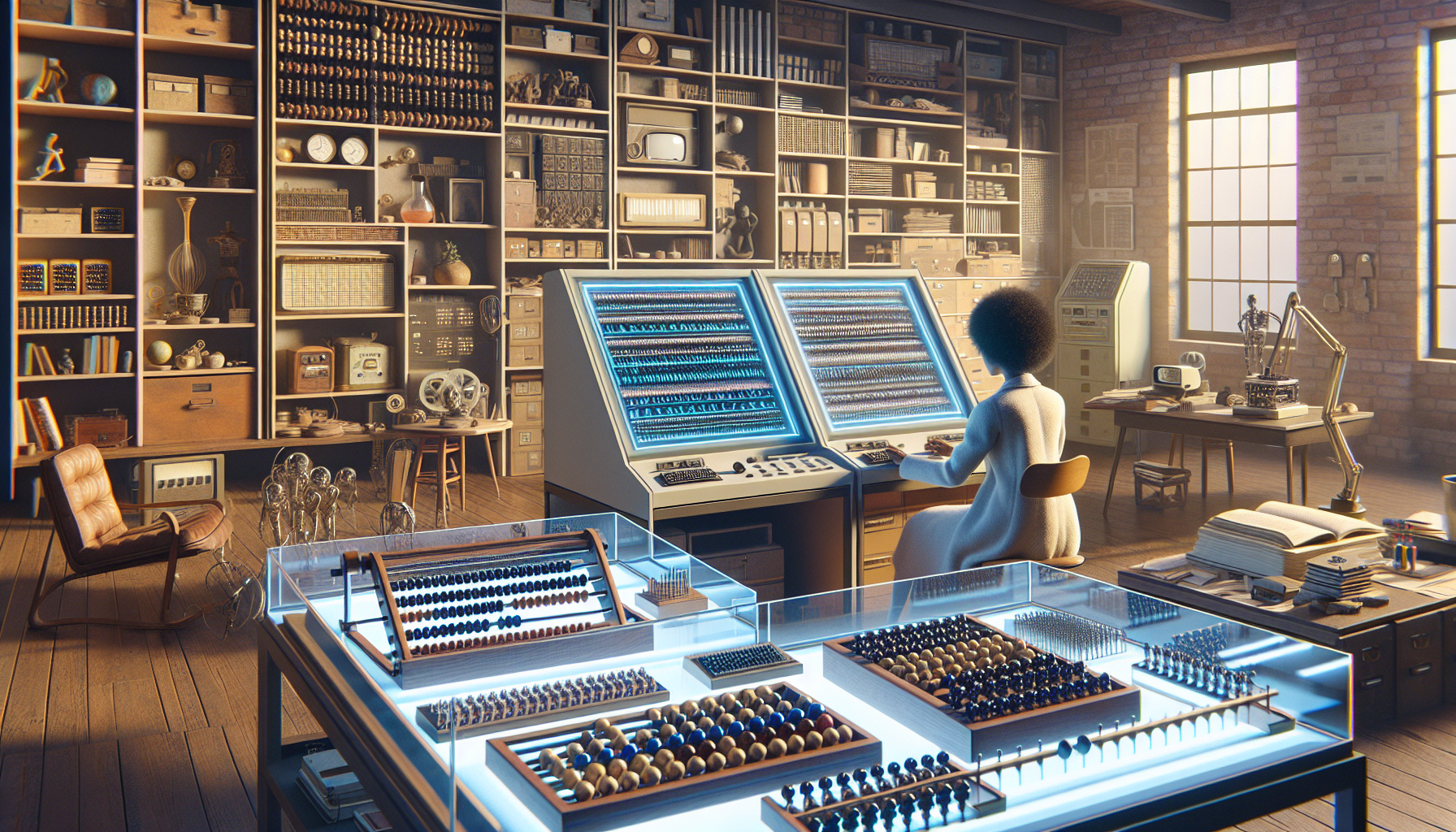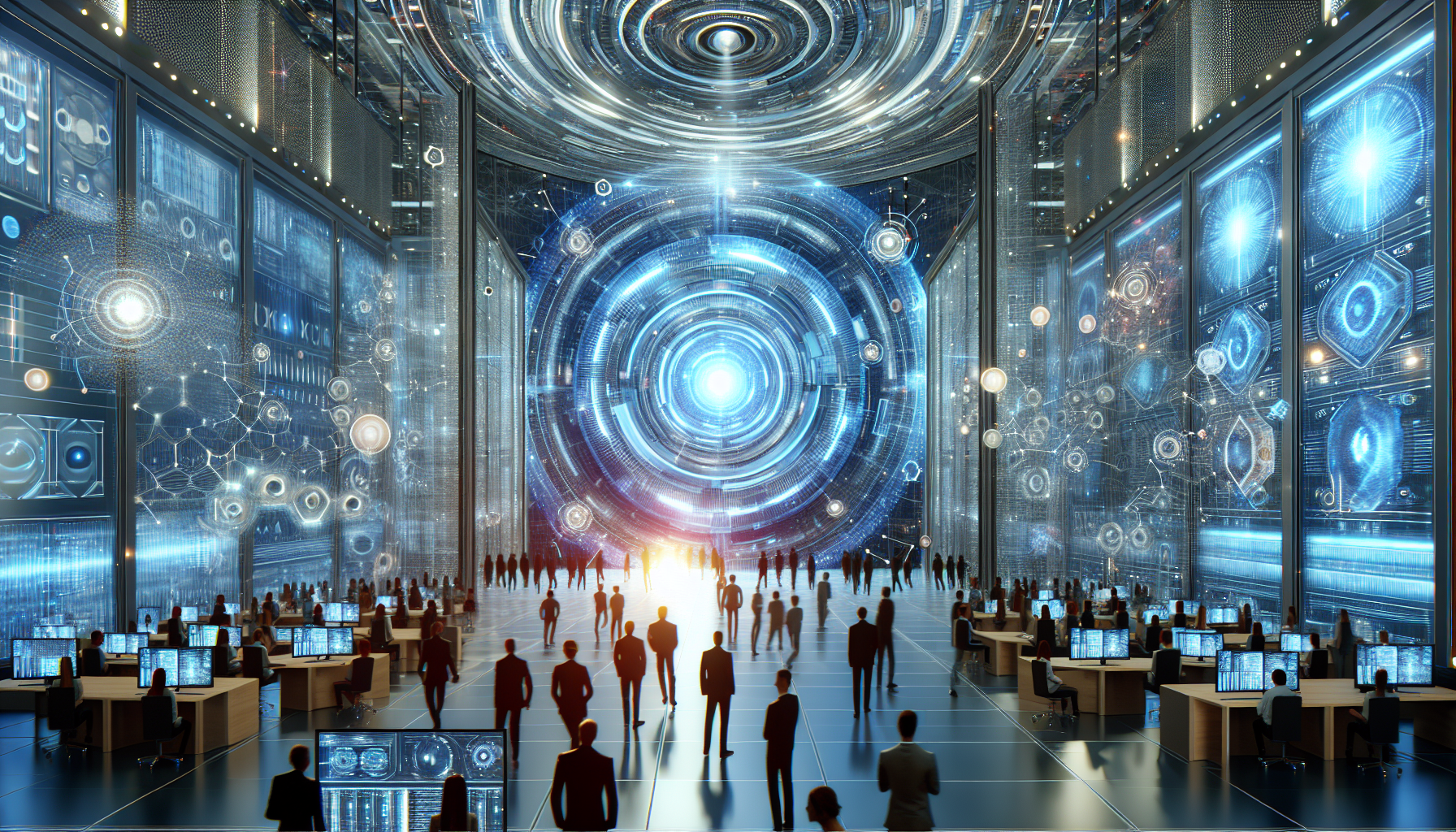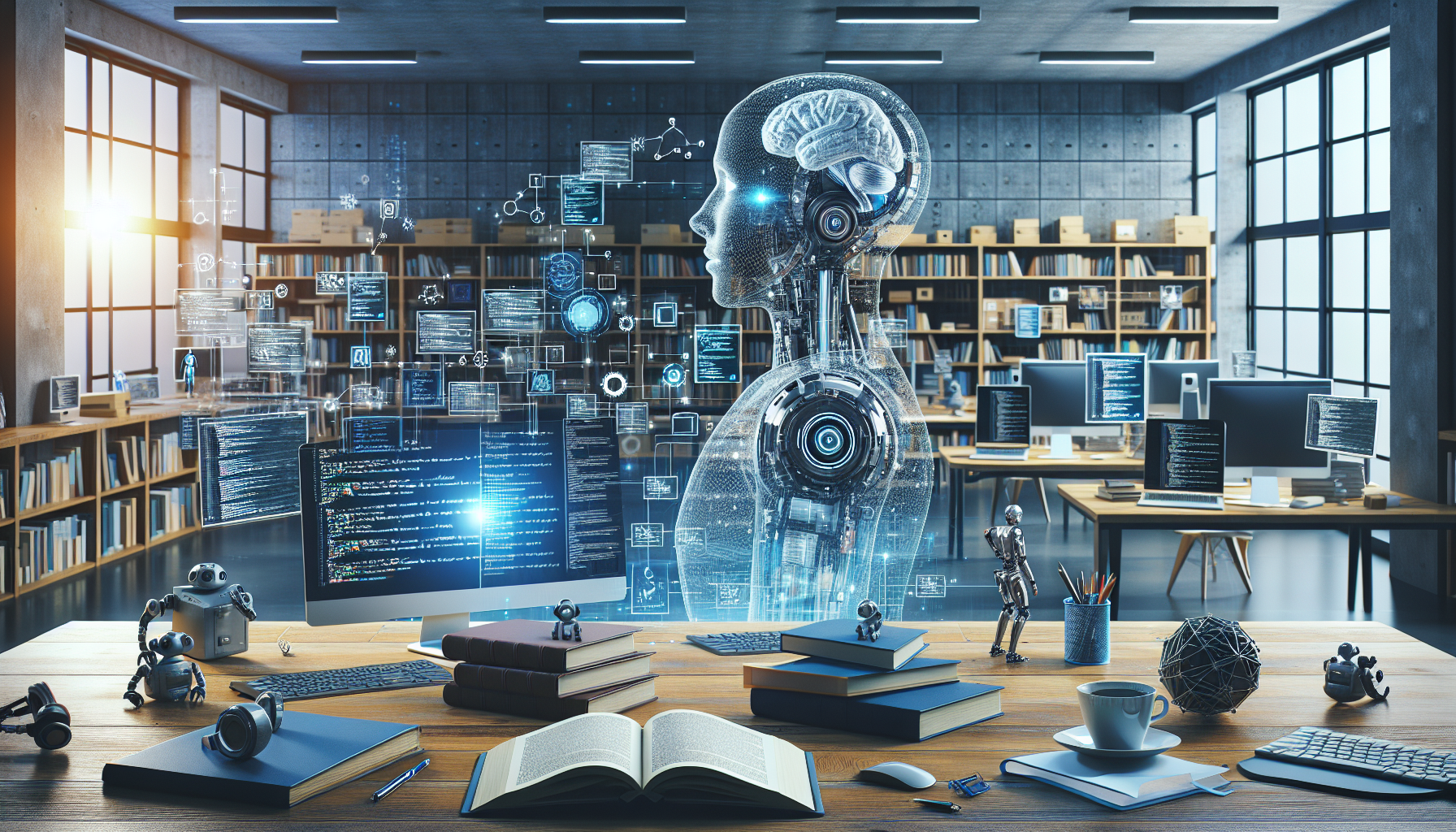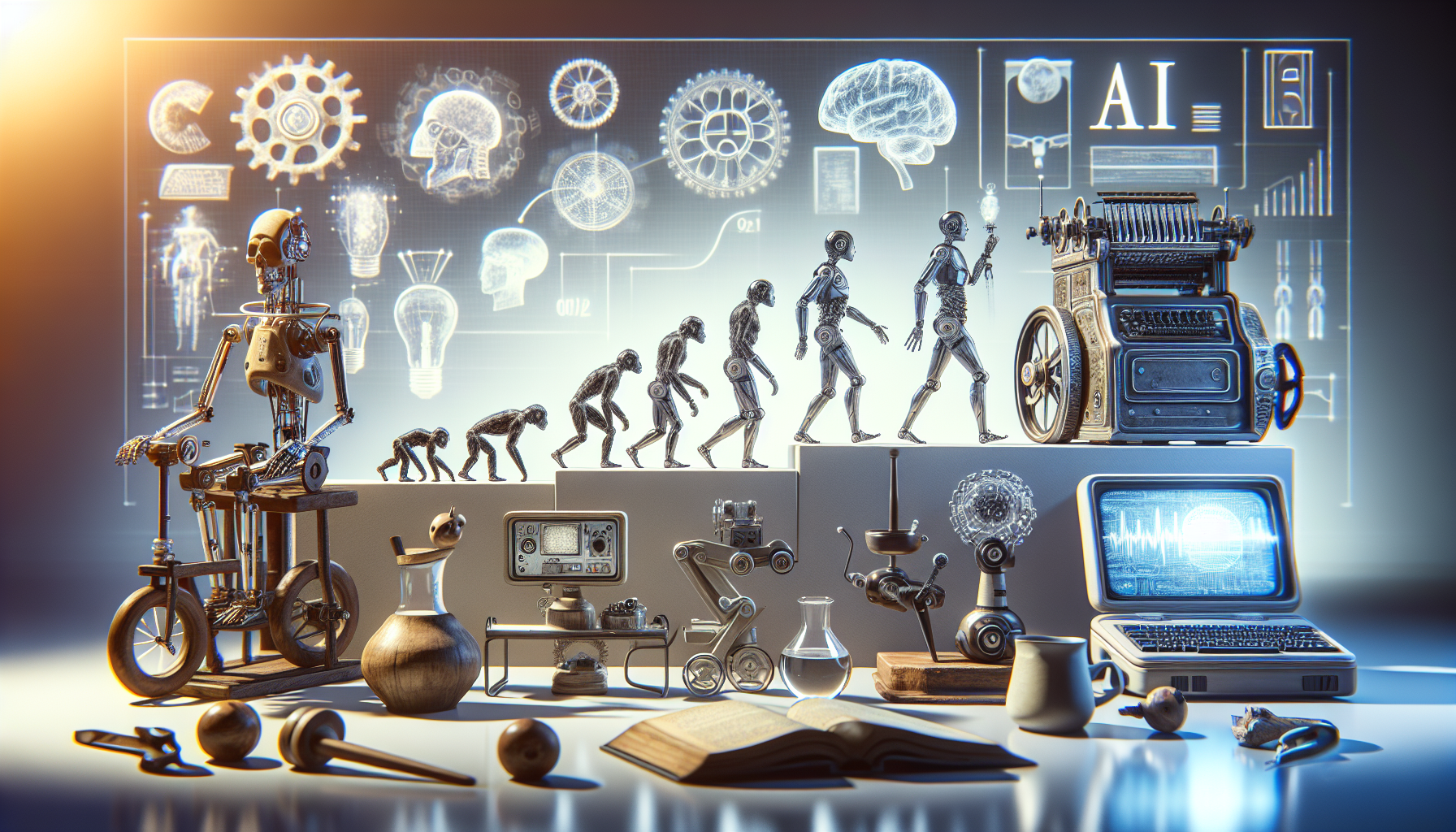
AI in Crisis Management: Tracing the Evolution of Technology in Natural Disasters
August 6, 2025
When you think of artificial intelligence, your mind might leap to futuristic robots or cutting-edge research labs. But let’s take a moment to explore a domain where AI is subtly yet powerfully transforming our lives: crisis management during natural disasters and emergencies. It's a story that combines the precision of technology with the raw unpredictability of nature, and it’s one that has roots deeper than you might imagine.
Imagine standing at the dawn of computing when the notion of a machine "thinking" was still more science fiction than reality. Even then, visionary minds were pondering how these new machines could assist in the most pressing human challenges. The idea wasn't just about solving puzzles or performing calculations—it was about harnessing this emerging power to predict and mitigate disasters.
Fast forward to today, and AI's role in crisis management has grown from a whisper of potential into a chorus of capabilities. But to fully appreciate its current role, it's worth taking a step back to understand how we've arrived here.
Historically, disaster response has often been reactive. A hurricane strikes, and then help arrives. Floods surge, and communities scramble to respond. But what if we could flip that model on its head? What if, instead of rushing to react after the fact, we used the predictive power of AI to anticipate and mitigate the impacts?
Early attempts at using technology for disaster management leaned heavily on data analysis. Simple algorithms would crunch numbers from past events to forecast future scenarios. It was a step in the right direction, but these models often lacked the dynamism and adaptability that real-world situations demanded. Enter AI, with its ability to process vast amounts of data in real time and learn from every interaction.
Consider the role of AI in predicting natural disasters like earthquakes and hurricanes. While we can't stop these forces of nature, AI has significantly improved our ability to predict them. Advanced machine learning models analyze seismic activity and climatic patterns, offering warnings that can save lives and resources. These systems learn from each tremor and storm, becoming more accurate with each event they analyze.
But AI doesn’t just stop at prediction. During a crisis, AI tools are crucial in managing the chaos. Think about how AI-driven systems can process social media feeds and emergency calls to identify areas most in need of help. They sift through the noise, highlighting urgent cries for assistance and ensuring that resources are directed where they're needed most.
Drones equipped with AI technology have also become invaluable during disasters. These agile machines can navigate through dangerous environments, providing real-time imagery and data to emergency responders. It’s the kind of support that was unimaginable before, turning what used to be a manual, labor-intensive process into one that's faster and safer.
Moreover, AI is a vital player in the aftermath of disasters. It's used to assess damage, plan recovery efforts, and even predict the long-term impacts on affected communities. By analyzing data from past incidents, AI can offer insights into the most effective recovery strategies, helping communities rebuild smarter and more resiliently.
Of course, the journey hasn't been without its challenges. Trust in AI systems is still a work in progress. How do we ensure these systems are transparent and accountable? How do we address biases that might skew decision-making? These are questions that technologists and policymakers are grappling with, striving to build systems that are as fair as they are effective.
As we continue to integrate AI into crisis management, it's essential to remain mindful of the balance between human intuition and machine precision. While AI provides critical support, the human touch—empathy, creativity, and ethical judgment—remains irreplaceable.
So, as we stand at the intersection of technology and humanity, the question becomes: how do we best harness AI to not only respond to disasters but to build a future where we can better withstand their impact? It's a challenge that requires collaboration across disciplines, bringing together experts in technology, policy, and human behavior.
AI in crisis management is a testament to how far we've come, but it's also a reminder of the road ahead. It's a journey of discovery, one that invites us to imagine—and create—a world where we are not just at the mercy of natural forces, but partners with technology in shaping our destiny.


